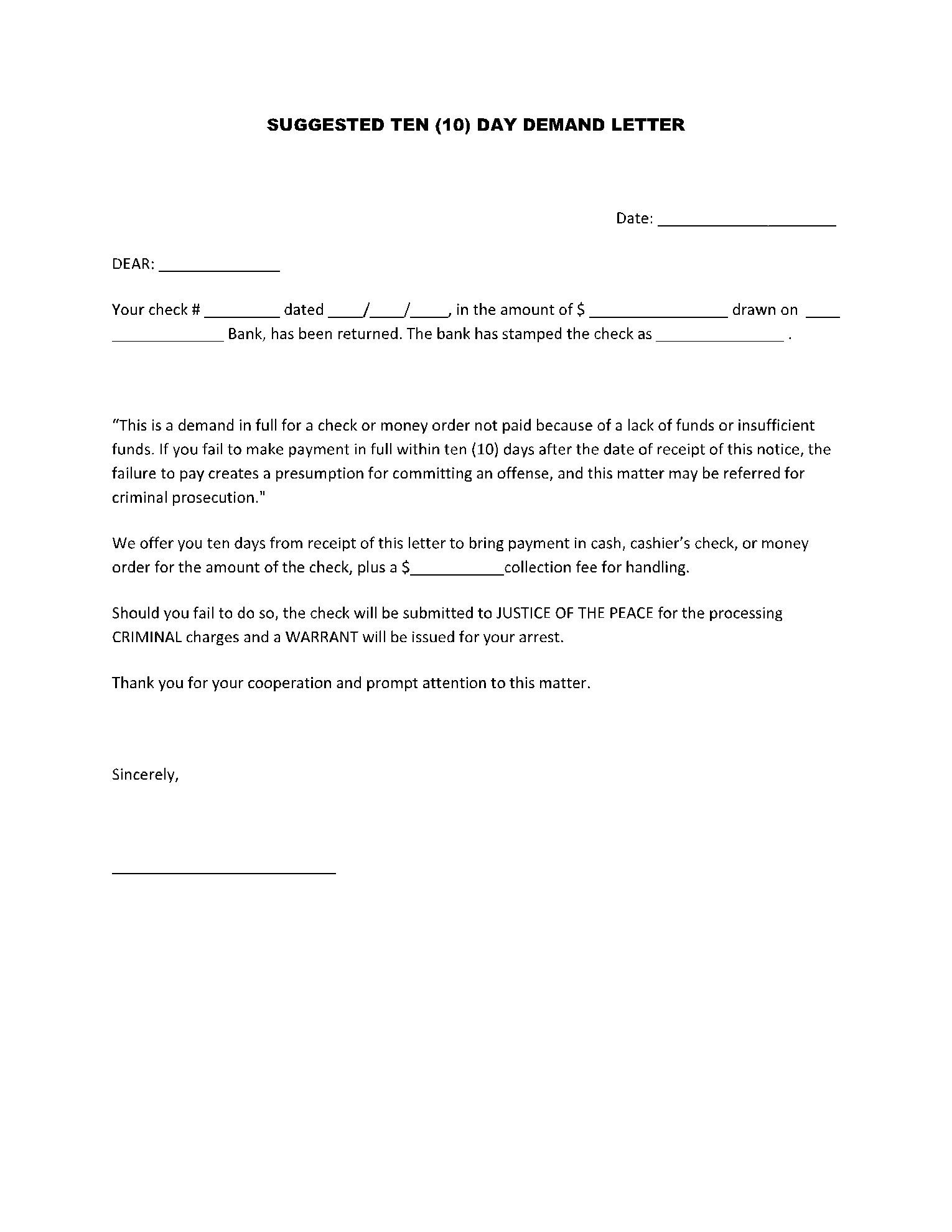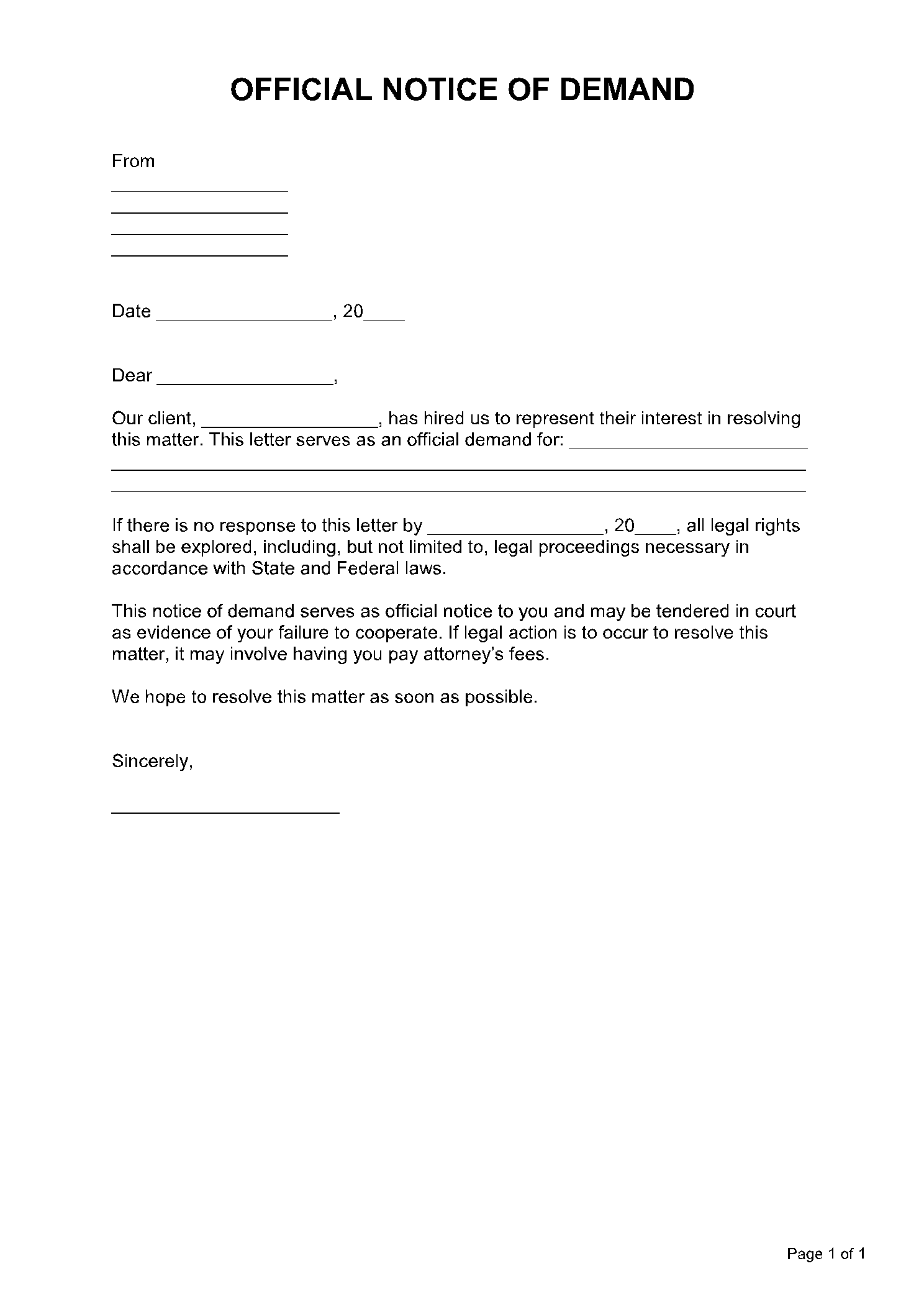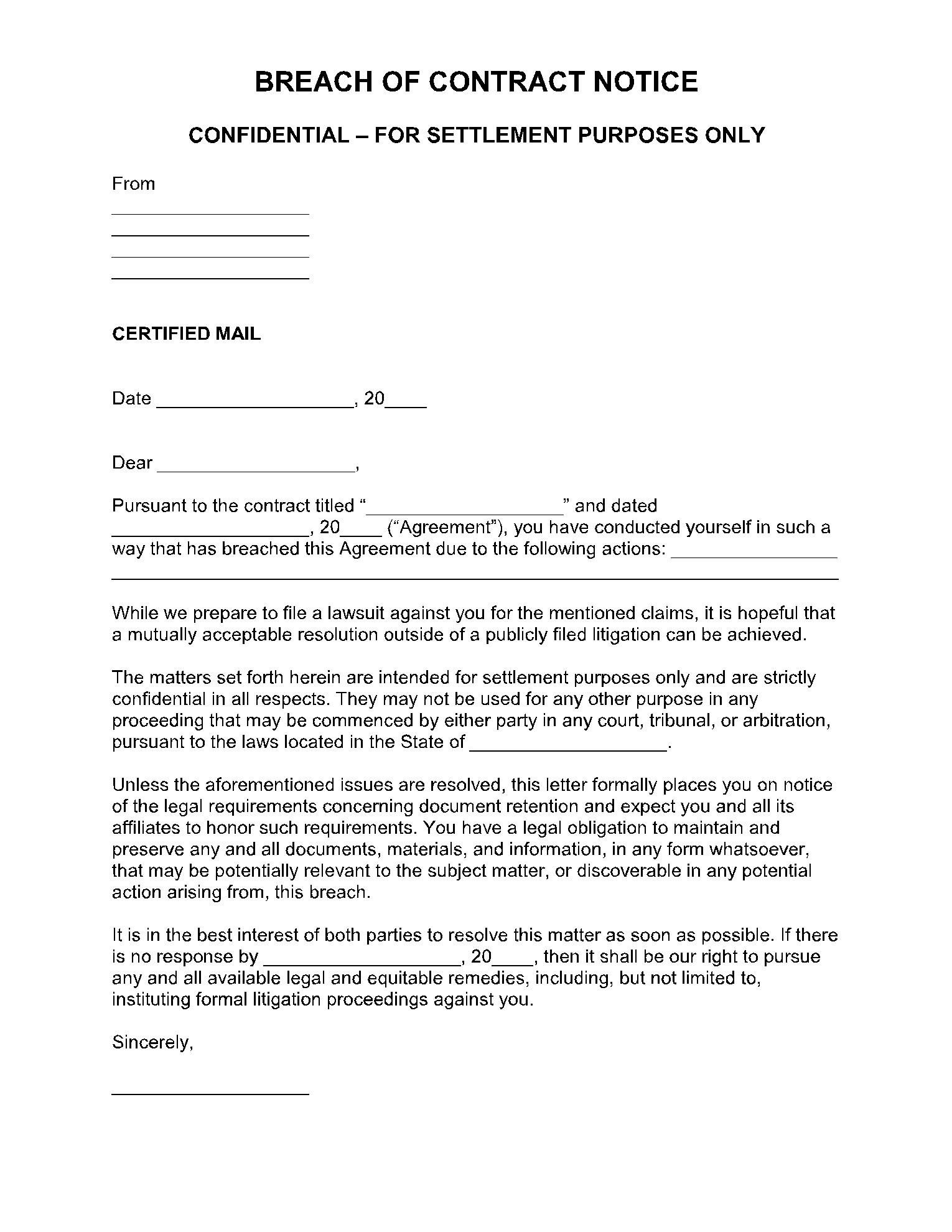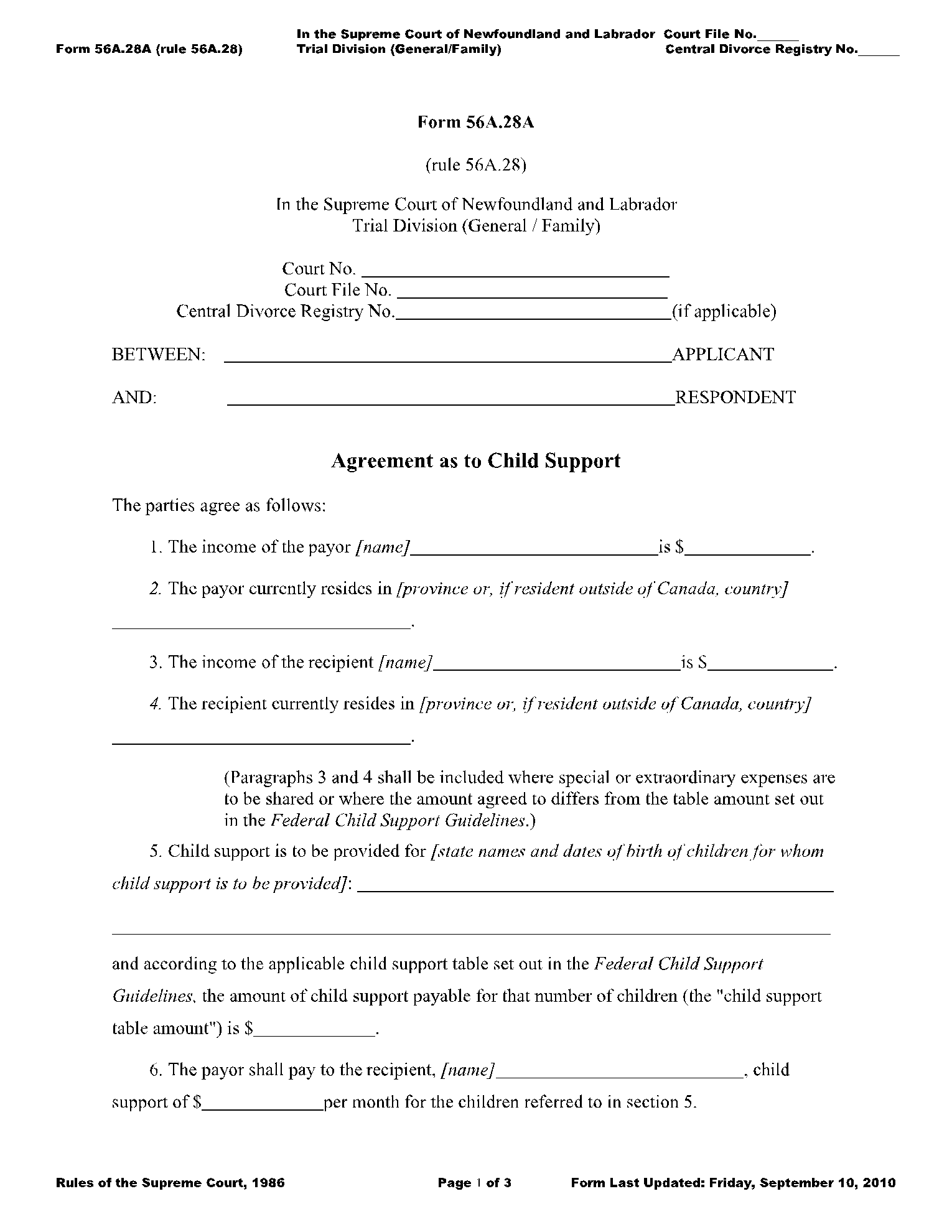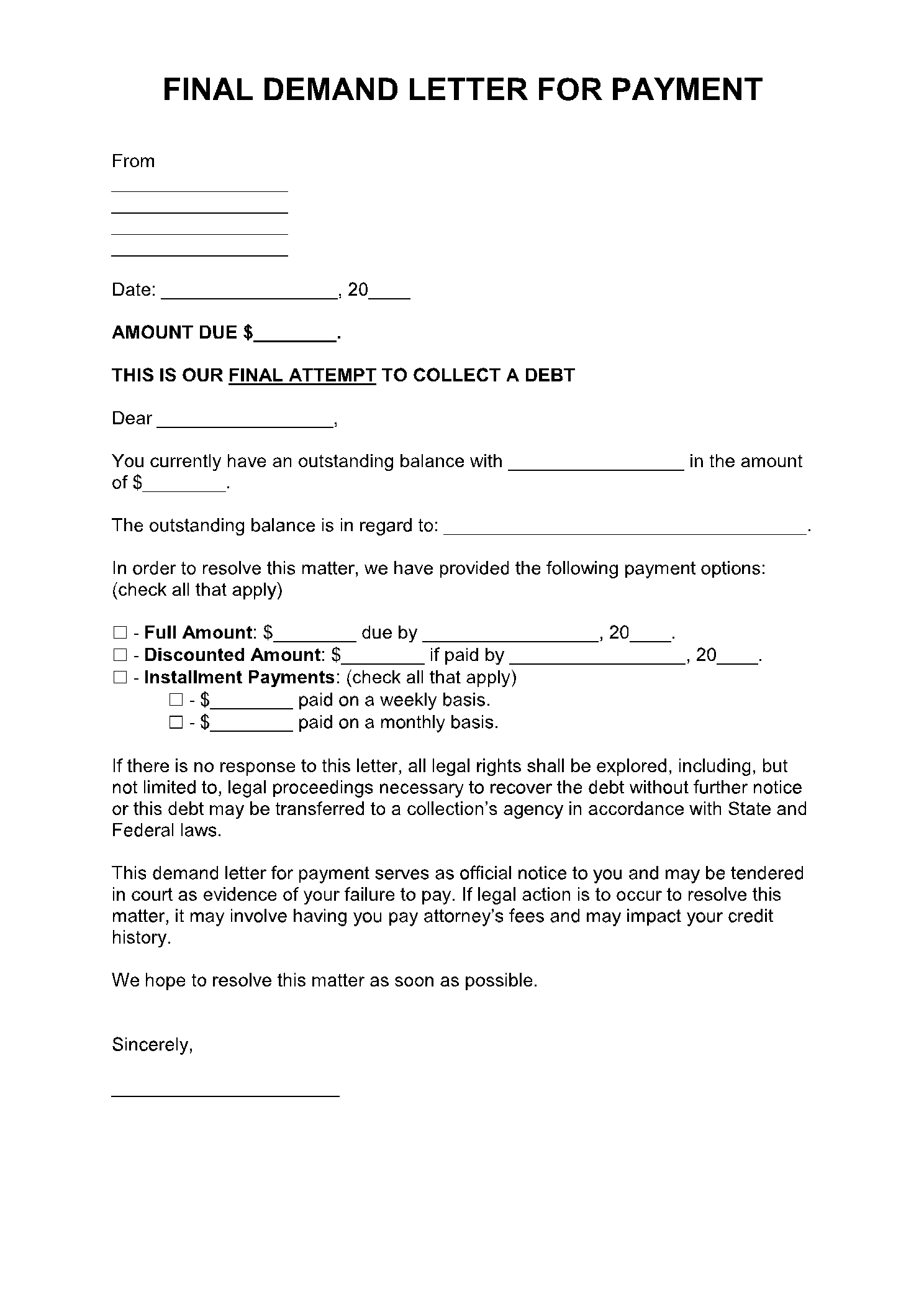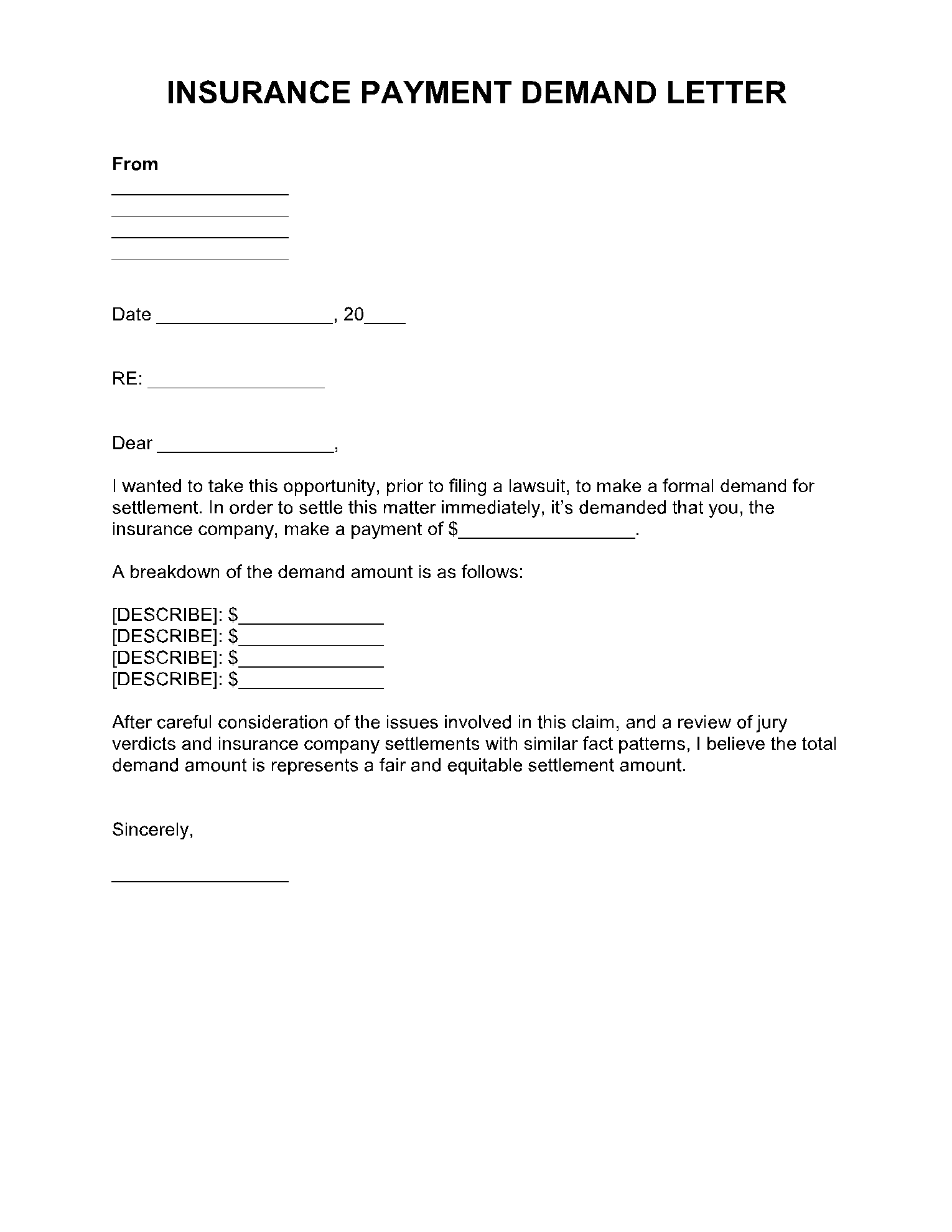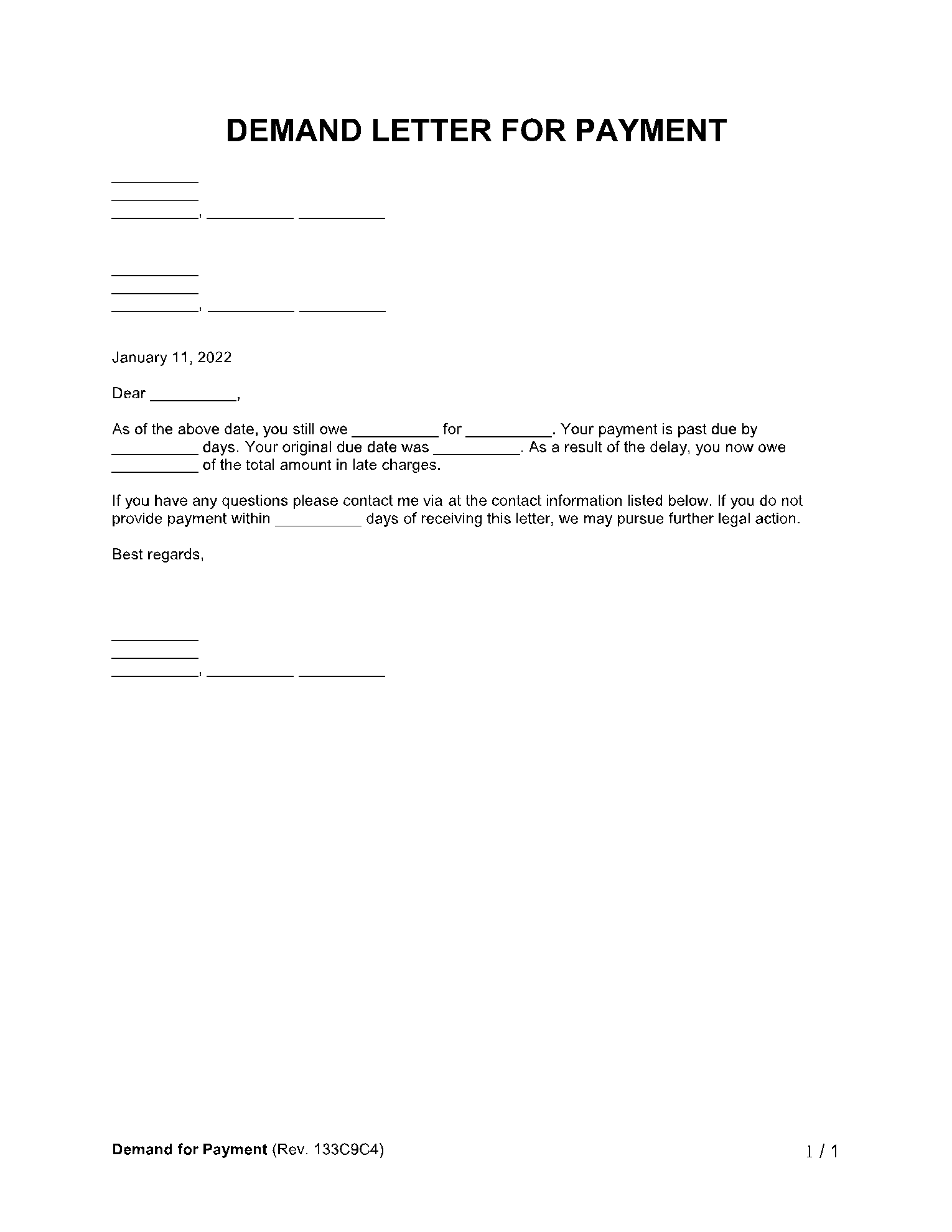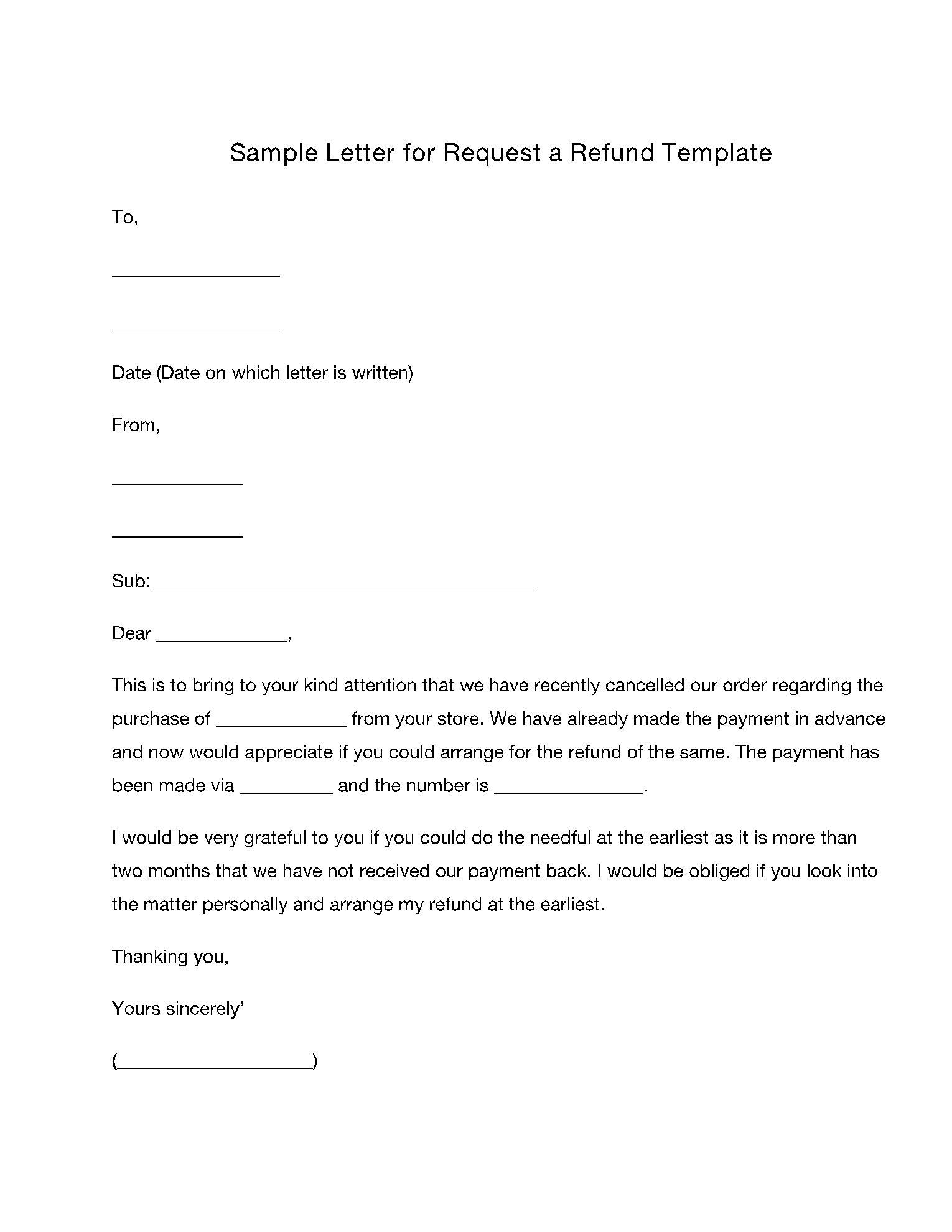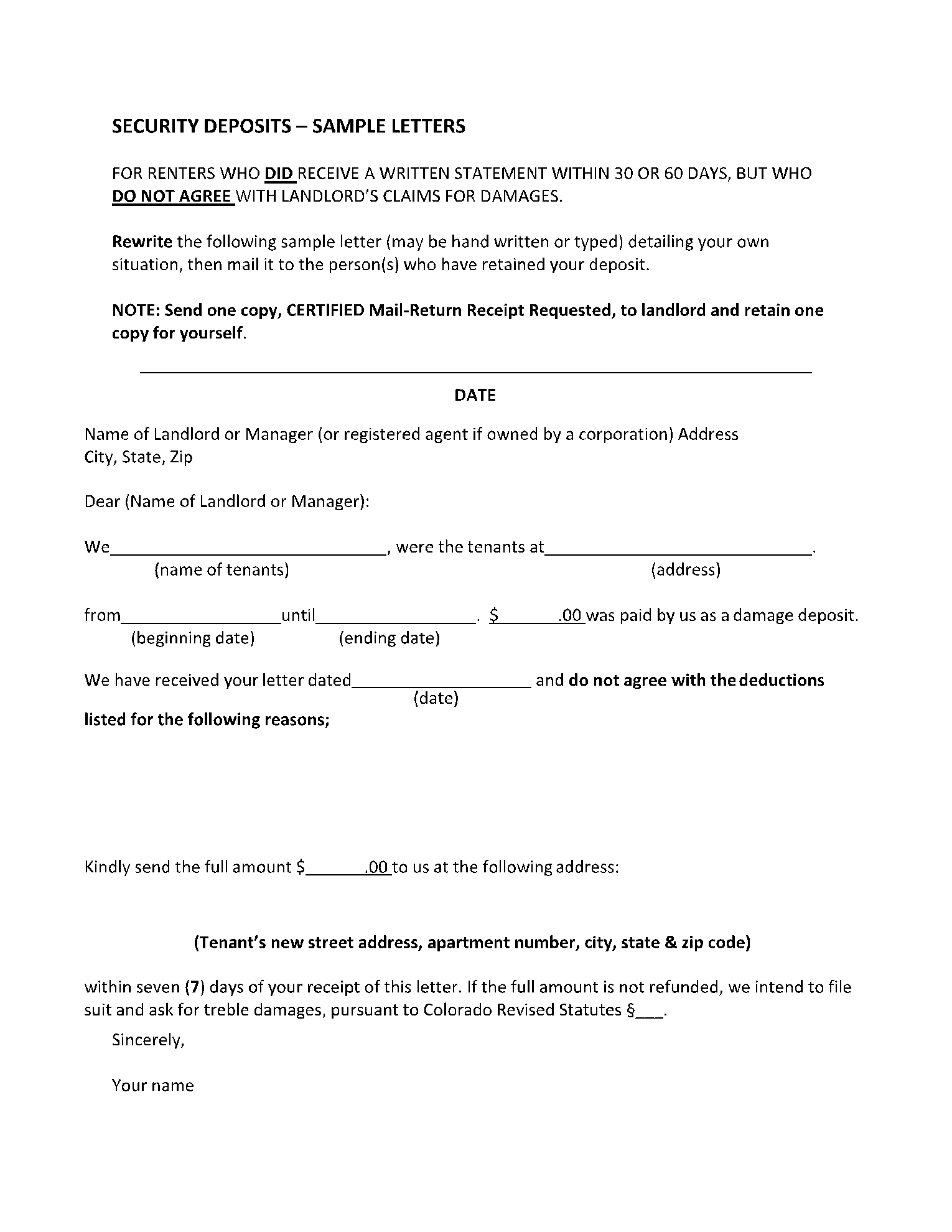The demand letter is a precursor to litigation. When you write a demand letter, you give the recipient a chance to right a wrong before you take them to court. We cover everything you need to know about demand letters here. We also provide a free demand letter template at the end of the article, if you wish to write a suitable one quickly.
What Is a Demand Letter?
A demand letter is a formal document asking payment or other action. If you send a demand letter to someone, it’s because they have aggrieved you in some way. Common disputes include financial default, contract breaches, and unpaid wages.
Lawyers typically write demand letters, though anyone can write them. You don’t need to write a demand letter to take someone to court. However, it’s highly recommended you write one anyway, simply because they save you time and money in the long run.
Demand letters are sometimes referred to as “letters of demand for payment” and “cease and desist” letters. As a rule of thumb, they are sent by certified mail with a return receipt. This is so the sender can verify the delivery.
When and Why a Demand Letter Is Needed?
There are many scenarios where you could need to write a demand letter:
- Refund
- Settlement
- Car accident
- Child support
- Final Notice
- Personal injury
- Insurance
Why do you write a demand letter if you aren’t legally required to do so? It’s better than taking the recipient to court directly, which is costly. Demand letters show the other party you’re serious about the matter at hand. In many cases, it causes them to give in to your demand.
What Are the Benefits of Writing a Demand Letter?
Writing a demand letter will work in your favor:
- Avoid litigation: You may potentially be able to avoid litigation by writing a demand letter and seeking out-of-court resolution. Litigation is likely to be a major commitment, taking a lot of time and money.
- Put pressure on the recipient: A demand letter is seen as a serious step. The recipient is forced to sit up and take notice.
- Show of good faith: The judiciary’s time is valuable. That’s why any attempt to resolve a matter before you use judicial resources is seen in a positive light.
- Save time and money: Litigation is expensive and even if you win, you may not end up with much. A demand letter is worth the try.
- Prepare your case: Demand letters have to be well-thought-out and carefully written. Drafting a demand letter may give you valuable insight into the matter at hand.
What Is Included in a Demand Letter?
Attorneys generally recommend including all the following in the demand letter:
- The nature of the business relationship or transaction
- The exact problem with details
- A description of prior resolution attempts
- Make an actionable demand
- Provide an exact amount or action needed
- Optionally offer repayment alternatives
- Attach documents as evidence – like receipts or photos
- State what you intend to do if the demands are not met.
Make sure to write the demand letter in a professional, non-threatening manner.
Conclusion
While anyone can write a demand letter, we recommend getting your attorney involved for legal advice. Also, you might want to use the free demand letter template we have on the CocoSign website. It should help you create an acceptable formal letter.
CocoSign offers free letters and other official documentation templates for a wide variety of scenarios.
